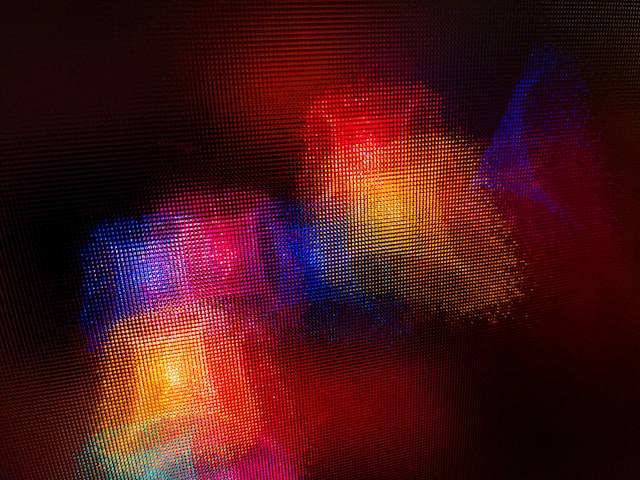Like Hugh I like Tony Goodson’s questions:
Cluetrain feels like ours. LoveMarks feels like theirs.
Why are the battle lines being drawn for Cluetrain v LoveMarks?
Isn’t LoveMarks trying to say the same thing?
What is it about LoveMarks that’s winding some of us up so much?
Is it Kevin’s voice in the book and on the website?
Is it that there’s an inconsistency and contradiction in parts of the book?
Why does our gut feel tell us that there’s something missing or wrong?
Part of the answer is in the distinction between broadcast and conversation. Lovemarks tries to glimpse a world beyond brands but its modus operandi is still that of the classic brand: namely it’s a broadcast.It’s the glamorous set-piece book with accompanying speeches by Kevin Roberts and plaudits by the fanbase. Sure, we can nominate a Lovemark to the website but we can’t as far as I can see use the site to question the approach. It’s interactive-lite, not the real thing.
Whereas Hugh, Tony, me and all the other blog participants in this argument have comment and trackback space: we may polemicise in our own way as shamelessly as Kevin Roberts, but our approach shows that we are more open to challenge.
So I’m still very much hoping that the Lovemarks team will accept my suggestion of a public debate so that maybe we get beyond the us-and-them approach…






